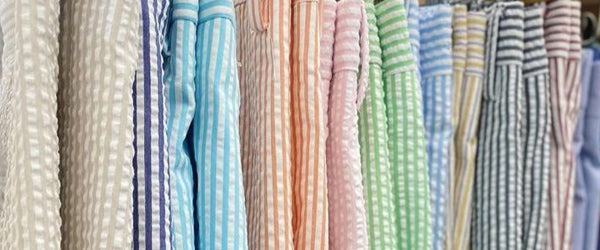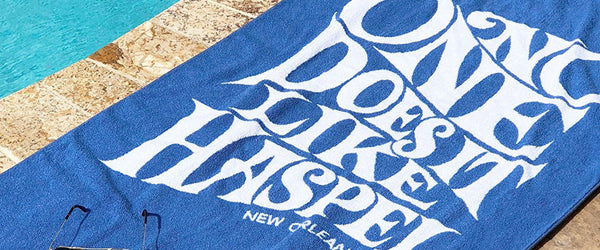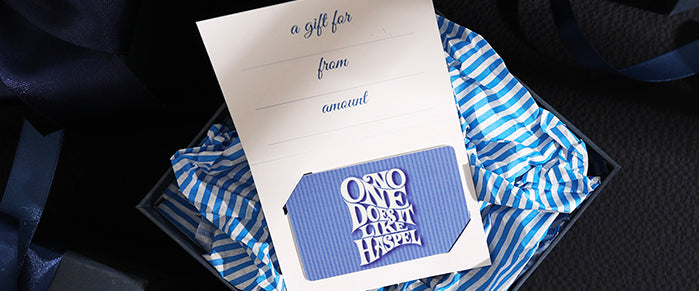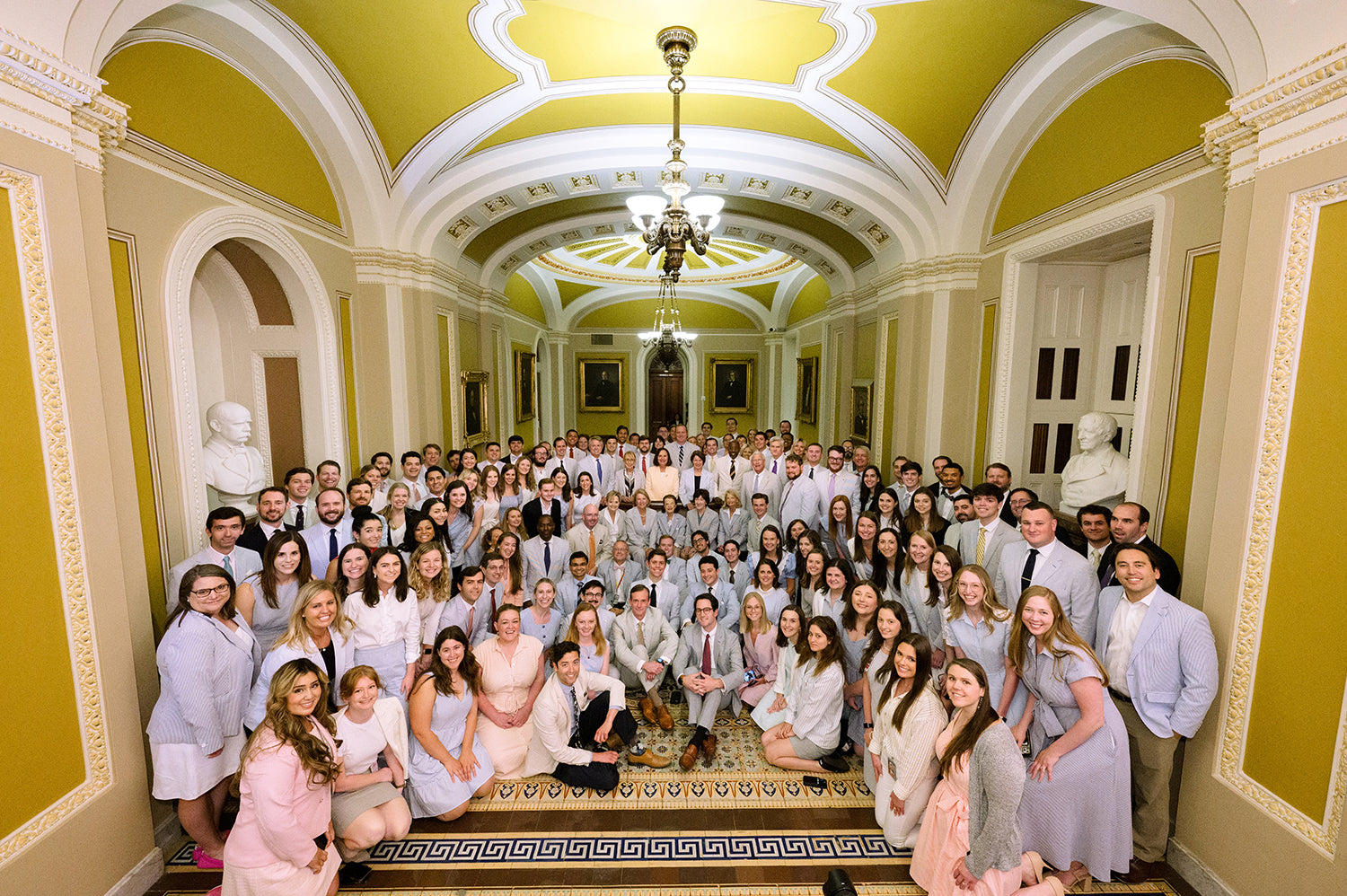Seersucker rules the Senate. This year, not so much
The mood isn’t right for head-to-toe stripes
Posted June 17, 2020 at 6:00am
Every year in June, on a warm and sticky Thursday, senators arrive at work looking like they’ve come straight from the Kentucky Derby. Gone are the standard dark suits of the winter months. Instead, they wear seersucker.
Walking the halls of the Capitol, they project a sense of gentility and ease. Why yes, they seem to say, this fabric is 100 percent cotton. Why yes, it is extremely cool. Why yes, these tiny stripes, blue and white and vanishingly thin, kind of make your head spin. Now let’s all squeeze together for a bipartisan photo op.
The name of this tradition is National Seersucker Day, and it practically screams “United States Senate.” This year, it’s not happening.
“Normally it’s a seersucker celebration, but this was more of a seersucker acknowledgement,” Louisiana Sen. Bill Cassidy told Heard on the Hill.
He decided to keep it simple, “given the mood of things.” Instead of gathering together a bunch of his colleagues to pose in head-to-toe seersucker, he quietly handed out a consolation prize at a Republican lunch — seersucker face masks, a sign of the times.
The masks come from Haspel, a company that touts the “power of the pucker,” referring to the slack-tension weave of the fabric that keeps air flowing near the skin. They’ve been making suits in his home state for more than a century, and once the coronavirus pandemic hit, they started making face masks too, selling packs of three for $20.
“Susan Collins loved it,” Cassidy said of the senator from Maine.
Ordinarily, there would be a big seersucker kickoff — last year it was June 13 — followed by a whole summer full of it, with dozens of lawmakers and staffers from both parties wearing the fabric on Thursdays. “Maybe we’ll try and do it later,” Cassidy said of the event, but “with everything going on,” the masks for Republicans will have to do for now.
Not everyone would be sad to see it go, but the tradition has its defenders. “I don’t hate the look,” said one GOP staffer.
“Even if it’s not Seersucker Day, why put a good blazer to waste?” added a female Democratic aide, who is thinking of celebrating on her own. Like many Hill staffers, she’s been working remotely this summer as the pandemic continues.
When temperatures in the District climb into the 90s, fans come out of the woodwork. “I loved wearing seersucker compared to a normal suit,” said Devin Mogler, a former aide to Sen. Joni Ernst. “It was much more bearable.”
But “you can do it wrong very easily,” warned another Senate aide. “You gotta wear a bow tie.”
Former Sen. Trent Lott would agree with that assessment. He’s the one who started the tradition at the Capitol back in the early 1990s, citing nostalgia for the days before air conditioning. “Wear a neck tie or a bow tie,” and match it with your socks, he once told Roll Call when asked for seersucker fashion advice. That said, he also urged people to “channel your inner Dianne Feinstein.” The Democratic senator led the way for female lawmakers to participate in the male-heavy ritual, and was a key player, together with Cassidy, in reviving it in 2014 after a hiatus.
The history of seersucker itself is much longer than that. There’s the imperialist story, with the fabric woven through Britain’s colonization of India. There’s the class story, with seersucker morphing from a breathable uniform worn by laborers into a symbol of wealth recognizable not only in the American South, but in preppy northern enclaves like the Hamptons.
And then there’s the Washington story. The political mythology of seersucker stretches back to that one time in the early 1900s when Joseph G. Cannon, the House speaker whose name now sits on the Cannon Building, wore a seersucker jacket to meet President Teddy Roosevelt, supposedly declaring it was too “damn hot.”
Now that mythology includes senators wearing seersucker face masks, in a year marked by a pandemic. Of course, the same qualities that make the fabric cool to wear in scorching heat — thinness, a loose weave — make it less than ideal to strap on your face to block transmission of the coronavirus.
A better choice for a droplet-stopping face covering would be “tightly woven cotton, such as quilting fabric or cotton sheets,” according to the Centers for Disease Control and Prevention. (Haspel, the New Orleans seersucker company, stresses that its masks are “double layered.”)
As for last year’s seersucker, it may be a while before we see it on the Hill again. “It’s just hanging in my closet right now,” Joint Economic Committee aide Vijay Menon said of his suit.
Bridget Bowman contributed to this report.
Read The Full Story















